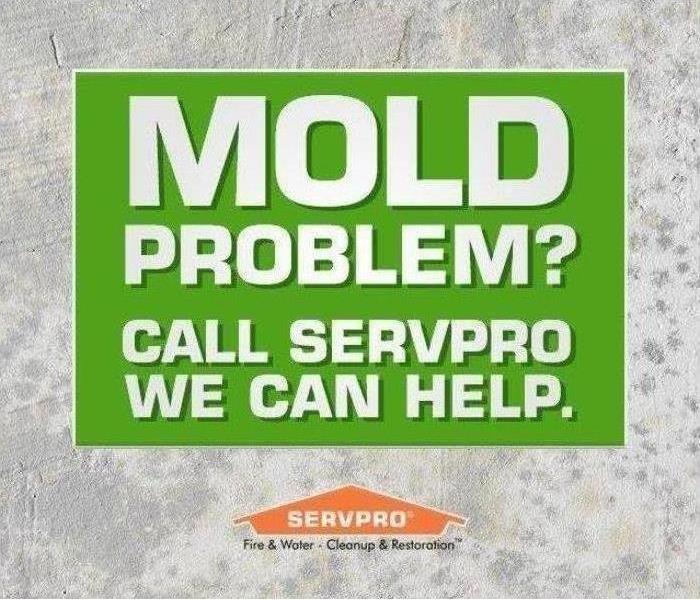Mold Prevention
4/13/2018 (Permalink)
The most effective way to manage mold in a building is to eliminate or limit the conditions that foster its establishment and growth. Mold should not be allowed to colonize materials and furnishings in buildings. The underlying moisture condition supporting mold growth should be identified and eliminated. To remediate problematic mold growth, mold should be removed from materials that can be effectively cleaned and materials that cannot be cleaned or are physically damaged beyond use should be discarded. Occupants and workers must be protected from contaminants during remediation. After emergency situations (such as flooding due to hurricanes), to avoid fungal growth on susceptible materials, it is important to dry them quickly.
- Take emergency actions to stop water intrusion if needed.
- Identify vulnerable populations, extent of contamination and water source.
- Plan and implement remediation activities.
The key to prevention in the design and operation of buildings is to limit water and nutrients. The two basic methods for accomplishing that are keeping moisture-sensitive materials dry and, when wetting is likely or unavoidable, using materials that offer a poor substrate for growth. Specifically, design and maintenance strategies must be implemented to manage:
- Rainwater and groundwater, preventing liquid-water entry and accidental humidification of buildings.
- The distribution, use, and disposal of drinking, process, and wash water, making equipment and associated utilities easily accessible for maintenance and repair.
- Water vapor and surface temperatures to avoid accidental condensation.
- The wetting and drying of materials in the building and of soil in crawlspaces during construction.






 24/7 Emergency Service
24/7 Emergency Service
